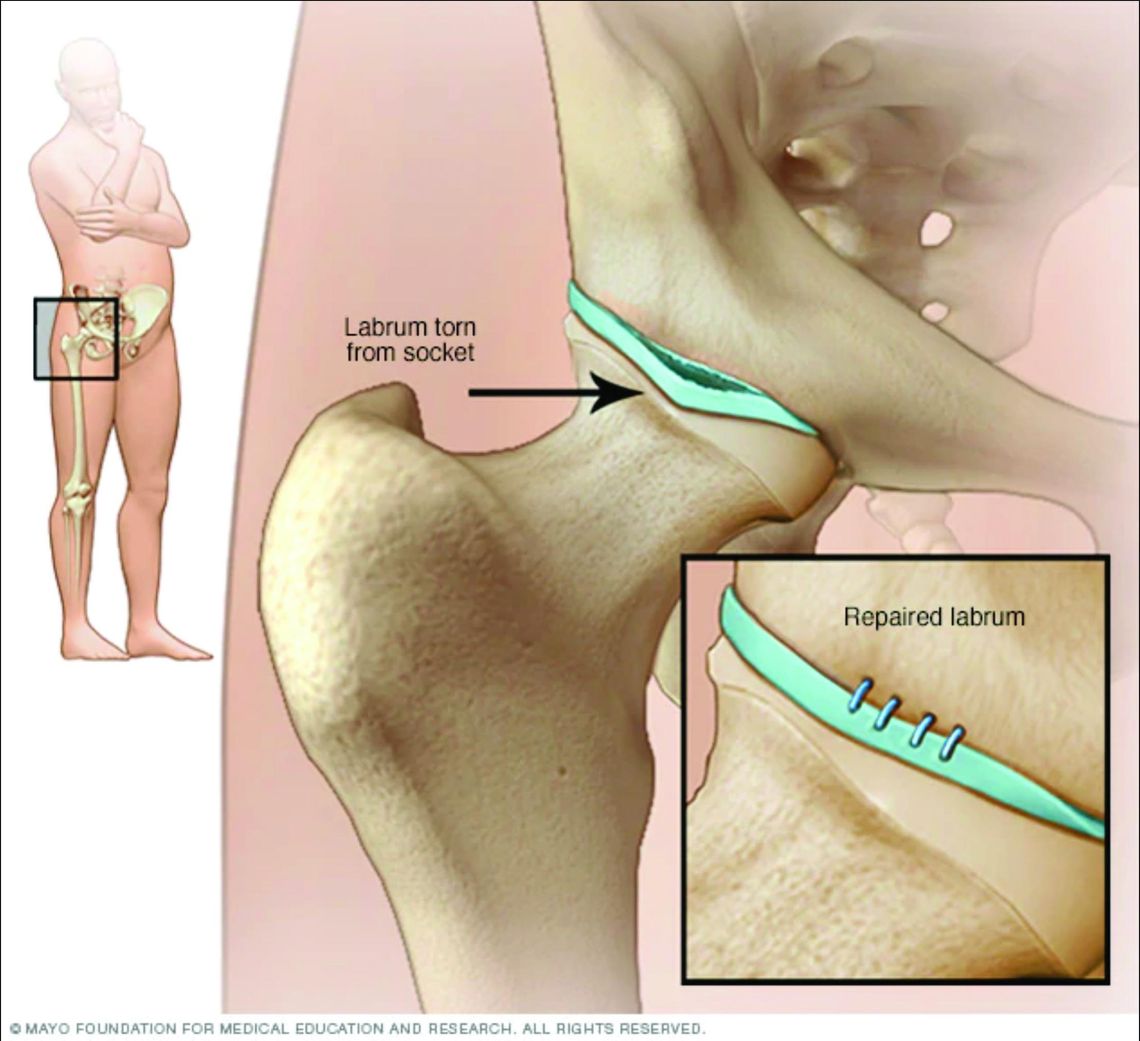It's said we make a living by what we get, but we make a life by what we give.
It's hard to argue those sentiments, especially if you're Illiana Turnini. The 34-year-old healthcare professional, living in San Marcos, has dedicated her life to giving by working in the field of nursing. But not long ago she was on the receiving end of a gift, one that changed her quality of life but only after the passing of a generous stranger.
Growing up in the Rio Grande Valley, in the city of Weslaco, Turnini was a precocious child who was into tumbling and cheerleading at an early age.
PLEASE LOG IN FOR PREMIUM CONTENT. Our website requires visitors to log in to view the best local news.
Not yet a subscriber? Subscribe today!








